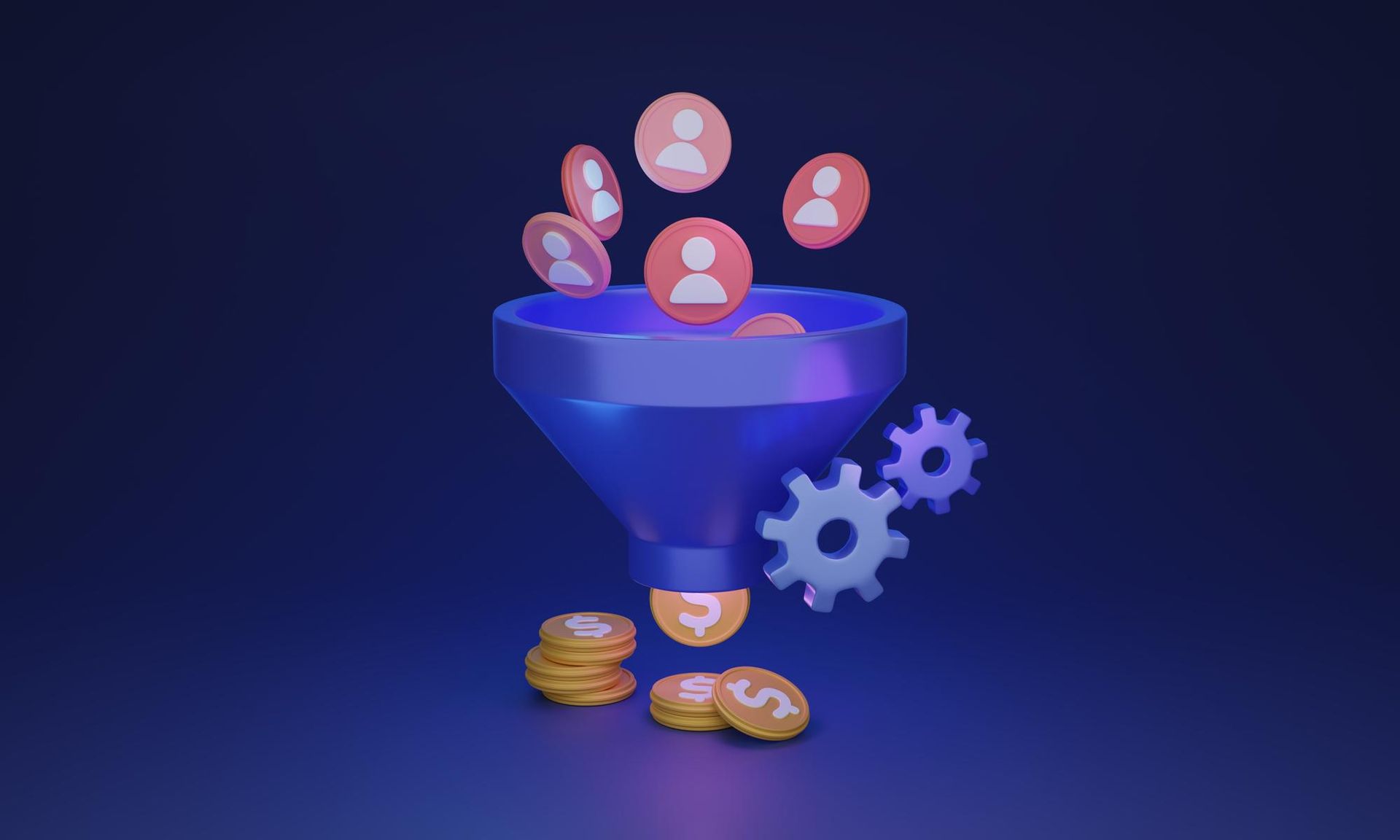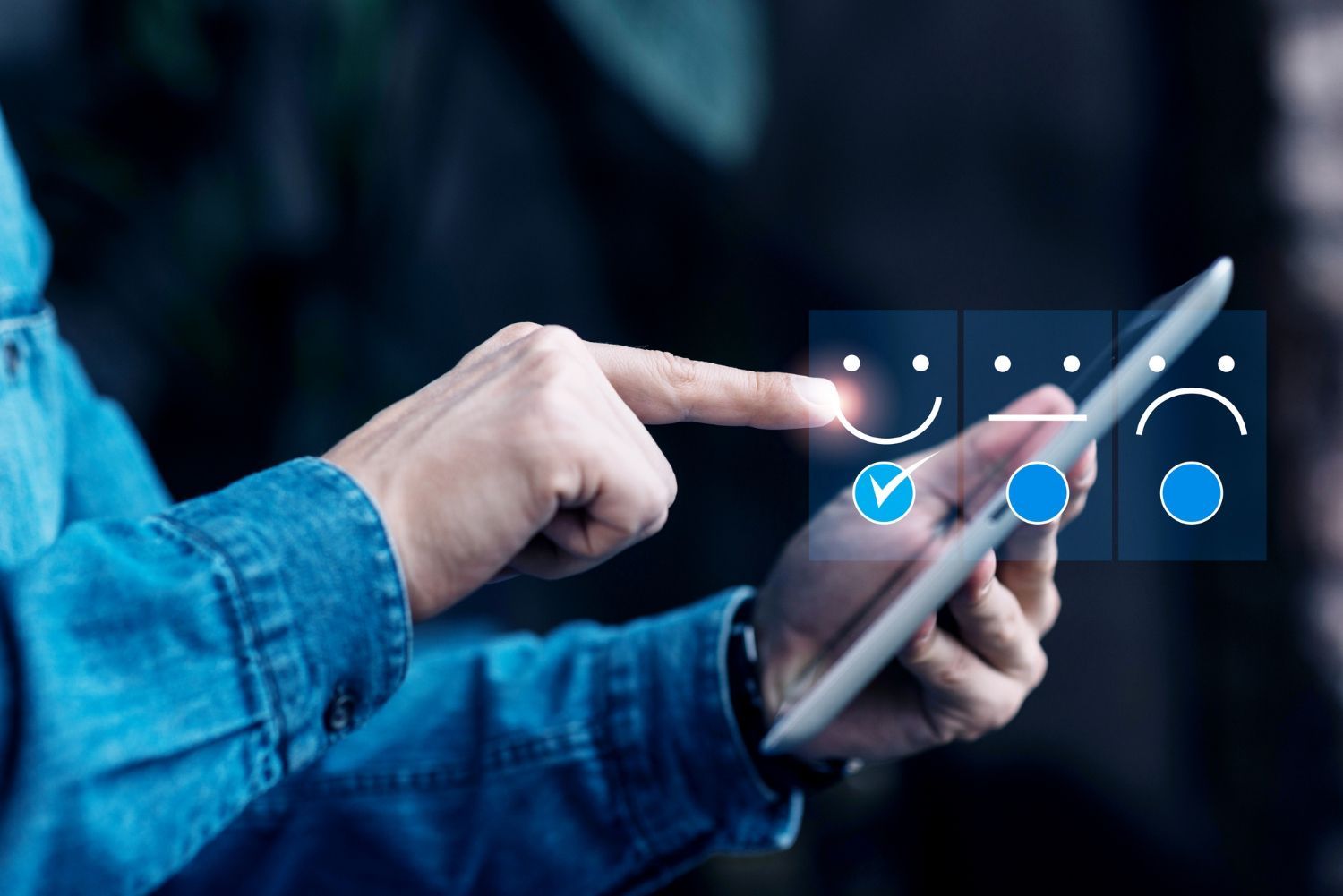Understanding the Customer Journey vs Sales Funnel | Navigating Marketing Funnels

Understanding the Customer Journey vs Sales Funnel
The customer journey and sales funnel are two concepts that are often used interchangeably, and both belong to what is called a marketing funnel, but they actually refer to two different processes. In this article, we will discuss the differences between these two concepts and how understanding them can help businesses better reach their target audience.
- Understanding the Basics
- The Customer Journey
- The Difference Between a Customer Journey and a Sales Funnel
- How Customer Journey and Sales Funnel Interact
- Strategic Integration & Combined Approach
- Conclusion
Understanding the Basics
Before we go into the differences between the customer journey – sales funnel, we need first to define their basic meanings.
Customer journey means the whole interaction customers have with a particular company, from the 1st time they hear about the brand, during and after their purchase. It depends on the customer’s interactions with a business during the course of a business transaction. It considers all touchpoints and channels, such as a business’s marketing channels and communication channels.
Contrariwise, the sales funnel pays more attention to turning the potential customers into real sales. It refers to the progress of a customer through various phases before making a purchase, usually illustrated in a linear model made up of stages like awareness, interest, consideration, decision and action. It is well known if you use it to make straight the customers' actions and assess the conversion rates of the potential customers.
The Customer Journey
The customer journey is often described as a more fluid marketing funnel compared to the sales funnel. This is because it takes into account all touchpoints and interactions a customer has with a brand, including both pre- and post-purchase.
The customer journey can be broken down into 5 main stages: awareness, consideration, purchase, service and advocacy. Every stage symbolizes the various moments of the customer lifecycle experienced with the brand.

Awareness
The first stage of the customer journey occurs when an intended buyer first comes to know of a product or service. Customers develop this awareness as a result of multiple marketing campaigns including ad campaigns, social media presence or clients satisfied with their purchases. These spots present a true opportunity for brand’s engagement with customers that is crucial since it becomes a way for the clients to realize the brand presence and take the initial step towards possible conversion.
Consideration
At this point the customer is already doing research work and he/she is thinking over the use of the product or service. Therefore, this phase is very important because they get to go through numerous features such as reading reviews of other customers to find out if there is satisfaction, comparing the prices to make sure they are getting the best value for their money and seek out sufficient information to make the right decision. Such in-depth exploration helps select the option that fits your personal wants and needs best.
Purchase
Once a potential customer has carefully evaluated their options and made a well-informed decision, they transition to the purchase stage. Here, they proceed to engage in the transaction process, selecting the products or services that best align with their needs and preferences before finalizing the purchase.
Service
After making the purchase, the customer gets into the service stage which happens to be one of the most critical phases where the customer gets to interact with the products they have already paid for. This phase stands for the beginning of their post-purchase journey, connecting with customer support representatives and experiencing different product or service features. It is this stage that can play the decisive role in either high customer satisfaction or lack of loyalty and brand recognition.
Advocacy
The final stage of the customer journey is advocacy, the pinnacle of customer satisfaction. At this stage, delighted customers transform into brand advocates, passionately endorsing the product to their network. Advocates go beyond recommending the brand; they may actively engage in word-of-mouth referrals, write glowing reviews, and provide constructive feedback, solidifying their loyalty to the brand.
The Sales Funnel
The sales funnel is a more linear representation of the customer journey. It follows a specific path from awareness to purchase and focuses primarily on the conversion of leads into customers. In each stage of the sales funnel, there are specific marketing and sales strategies that can be used to guide potential customers towards making a purchase.

Awareness
The first stage of the sales funnel is awareness, where potential customers become aware of a product or service. This can be achieved through various marketing tactics such as advertisements, content marketing, and social media presence. The goal at this stage is to attract the attention of potential customers and make them interested in learning more.
Interest
In the interest stage, potential customers have shown some interest in the product or service and are looking for more information. This is where content marketing plays a crucial role, as it provides valuable information to potential customers and helps build trust and credibility. Other tactics that can be used at this stage include email marketing and retargeting ads.
Consideration
In the next stage, once the potential customers have accumulated enough information, they move to the evaluation stage during which they assess different options before making a final decision. Now is the right time to bring up the exceptional qualities of the product or service and to paint a picture of how your product is the best one in the market. This could be accomplished utilizing case studies, testimonials and demonstrating social proof.
Decision
At the stage of decision, potential customers already have narrowed their options and are about to make a purchase. This means that it is vital to set up this process similarly easy for them by defining a clear call-to-action and making the purchasing process very simple and convenient.
Purchase
The bottom of the sales funnel is the purchase stage. The paying customer is formed and what was once a potential customer becomes a customer. This is the moment when all of the earlier work in terms of creation of awareness, interest and consideration starts to reap its rewards. Customer service plays a significant role at this point of the purchase journey, as a great experience increases the likelihood of a repeat purchase.
Post-Purchase
Once the purchase stage is over, it is vital to upkeep the customers through valuable information and support. This can create customer loyalty and lead them to become the brand advocates of the company by recommending it to others. Following the purchase, email newsletters, referral programs, and social media interactions are among the marketing activities that have been developed to encourage brand loyalty.
The Difference Between a Customer Journey and a Sales Funnel
Being aware of the distinctions between a customer journey and a sales funnel in the context of marketing funnels focus and sales is vital in forming enable approaches. In essence, both core ideas boil down to the idea of guiding a prospective customer through the process of a purchase, however, they are very different in terms of the extent and method they employ.
The customer journey map is a comprehensive picture of every single interaction that the customer has with the brand, starting with the initial awareness and ending with the post-purchase engagement.

On the other side of the coin, the sales funnel concentrates only on the stages the prospect passes through on the way to purchase, usually shown as awareness, interest, consideration, and conversion. It is a structured pattern that would help to increase sales rate and improve the process plan.
As we deal with a more holistic approach to consumer engagement, the sales funnel allows us to apply a more linear model for sales tracking and optimization. Knowing the gaps between these notions gives your business the ability to establish coherent strategies that smoothly incorporate these strategies and, at the end of the day, leads to excellence in customer satisfaction and business growth.
How Customer Journey and Sales Funnel Interact
It is critical to recognize the relationship between the customer journeys and sales funnels so as to efficiently convert prospective consumers into faithful, returning customers. The customer journey model provides a bigger picture of the overall customer-company interaction while the sales funnel guides us in certain actions and strategies to finally convert our lead into a customer.
These two ideas are closely connected and may complement each other in the making process for the customers to start with the initial awareness and interest, to the in-depth consideration and evaluation and thereby to the purchase decision. After conversion, the customer relations with the company continue by utilizing the post-purchase interactions provided by the company.
The sales funnel can also inform different touchpoints in the customer journey. For example, a lead may be at the top of the sales funnel, but they may also be in the initial stages of the customer journey funnel. This means that the company should focus on building awareness and interest in their product or service while also providing a positive experience for the potential customer.
On the other hand, a lead at the bottom of the sales process is likely further along in their customer journey and may require more personalized attention to push them towards conversion. By understanding where a lead is in the sales funnel, a company can tailor their messaging and interactions to meet the customer's needs at that specific stage.
In addition, tracking metrics such as conversion rates and customer retention can provide valuable insights into how well the customer journey and sales funnel are working together. By analyzing these metrics, companies can identify areas for improvement and make strategic adjustments to enhance overall business performance.
Strategic Integration & Combined Approach
Businesses can also benefit from integrating their sales funnel and customer journey strategies. By aligning these two concepts, companies can create a more cohesive and efficient process that ultimately leads to higher conversions and improved customer satisfaction.
One way to integrate the sales funnel and customer journey is by incorporating personalized messaging at different touch points along the way. For example, when a lead first enters the sales funnel, they may receive introductory emails or targeted ads that introduce them to the company's product or service. As they progress through the customer journey, they may receive more personalized communications based on their interests and behaviors.
Moreover, companies can use data from both the sales funnel and customer journey to better understand their target audience and create a more effective marketing strategy. By analyzing customer demographics and behavior patterns at each stage of the sales funnel and customer journey, businesses can tailor their messaging and offers to better meet the needs and preferences of their audience.
Furthermore, by adopting a combined approach, businesses can optimize their marketing efforts to attract new customers, nurture leads, and retain existing ones. For instance, leveraging insights from the customer journey can help identify opportunities to streamline the sales funnel and enhance the overall customer experience. Similarly, data from the sales funnel can inform strategic decisions about which touchpoints to prioritize and where to allocate resources for maximum impact.
Conclusion
In conclusion, while the customer journey and sales funnel are distinct concepts, both marketing funnel focuses are deeply interconnected and mutually beneficial. By understanding how these two frameworks interact and integrating them into a cohesive strategy, businesses can create a seamless experience for customers and drive sustainable growth in today's competitive marketplace. Embracing this holistic approach empowers companies to forge meaningful connections with their audience, cultivate lasting relationships, and ultimately, achieve long-term success in the ever-evolving landscape of sales and marketing.
At Antares Systems, our team of experts understands the intricate dynamics of customer engagement and conversion optimization. As a leading digital marketing agency in McAllen, we specialize in crafting tailored strategies that seamlessly integrate the customer journey and sales funnel to drive tangible results for our clients. Whether you're seeking to enhance brand awareness, generate leads, or boost sales, our comprehensive approach ensures that every touchpoint aligns with your business objectives. Partner with Antares Systems today to elevate your marketing efforts and unlock the full potential of your online presence. Let's embark on a journey towards success together and contact us!








